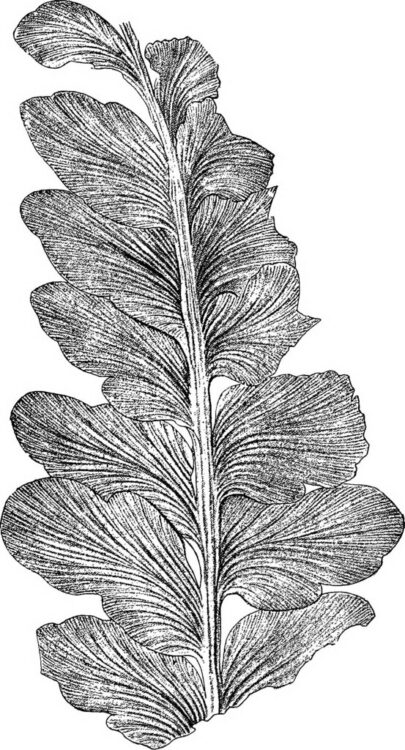It is difficult to study evolutionary biology in the modern academic setting without the mention of dinosaurs and their demise. What is often lacking from the discourse in paleontology and its surrounding disciplines, however, is the continuous change in our understanding of the subject.
In a recent study, Jamie B. Thompson, Santiago Ramirez-Barahona, and a team of researchers have revealed the astonishing resilience displayed by flowering plants, scientifically known as angiosperms, following the mass extinction of dinosaurs. Many are familiar with this historical moment – an asteroid collided with the Earth, and all the dinosaurs were eradicated. In the world of science, this is referred to as the Cretaceous-Paleogene event, or K-Pg. This research team established that extinction rates for angiosperms remained constant despite the apocalyptic change they lived through. To fully understand the rise of flowering plants, scientists examined the evolution of the vegetation that the dinosaurs lived among. In “Paleobotany and the Evolution of Plants,” Dr. Wilson N. Stewart describes the earliest plants as nonvascular, or unable to circulate water and nutrients throughout their entire system. From the limiting environmental conditions of the Precambrian era emerged multicellularity in plant structure, giving way to algae, mosses, and fungi. These plants, that reproduce through spores, were abundant in the years leading up to and through the age of the dinosaurs. Due to restrictions to the reproductive processes of such species, plant life was limited mostly to warm, humid environments.
Along with the sudden elimination of dinosaurs, the Earth experienced a significant shift in climate. While spore-bearing plants did persist following the K-Pg event simply due to their abundance, there occurred an angiosperm revolution, in which these plants came to dominate the world’s vegetation. It’s important to note, however, that the first valid evidence of an angiosperm appears in the Lower Cretaceous era, while dinosaurs were still alive. However, reproductive flexibility and drought-resistant seeds allowed these plants to flourish in a rapidly changing world.
Gymnosperms, plentiful throughout the Jurassic era, display early characteristics of flowering plants in their leaf structure and flowerlike cone organization. The Gymnosperm class represents the development of pollen and seeds, which much of the success of the angiosperm can be attributed to. The traits of the angiosperm permitted its spread and diversification. Unfortunately, the dinosaurs were not as well suited to endure such a catastrophic moment in geologic history.
As seen through the persistence of angiosperms, diversity and adaptability hold a crucial role in species’ ability to endure disturbance. Flowering plants surround us every day as a reminder of our successes – or shortcomings – in the face of a modern changing climate.
- Paleobotany and the Evolution of Plants (1993). ISBN: 9780521233156
- Biology Letters (2023). DOI: http://doi.org/10.1098/rsbl.2023.0314






